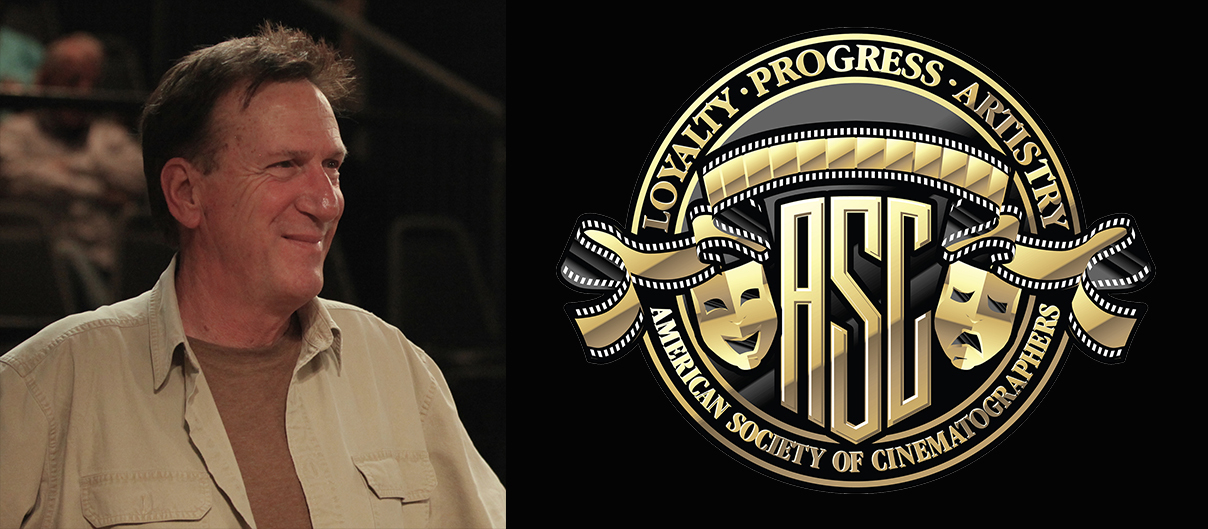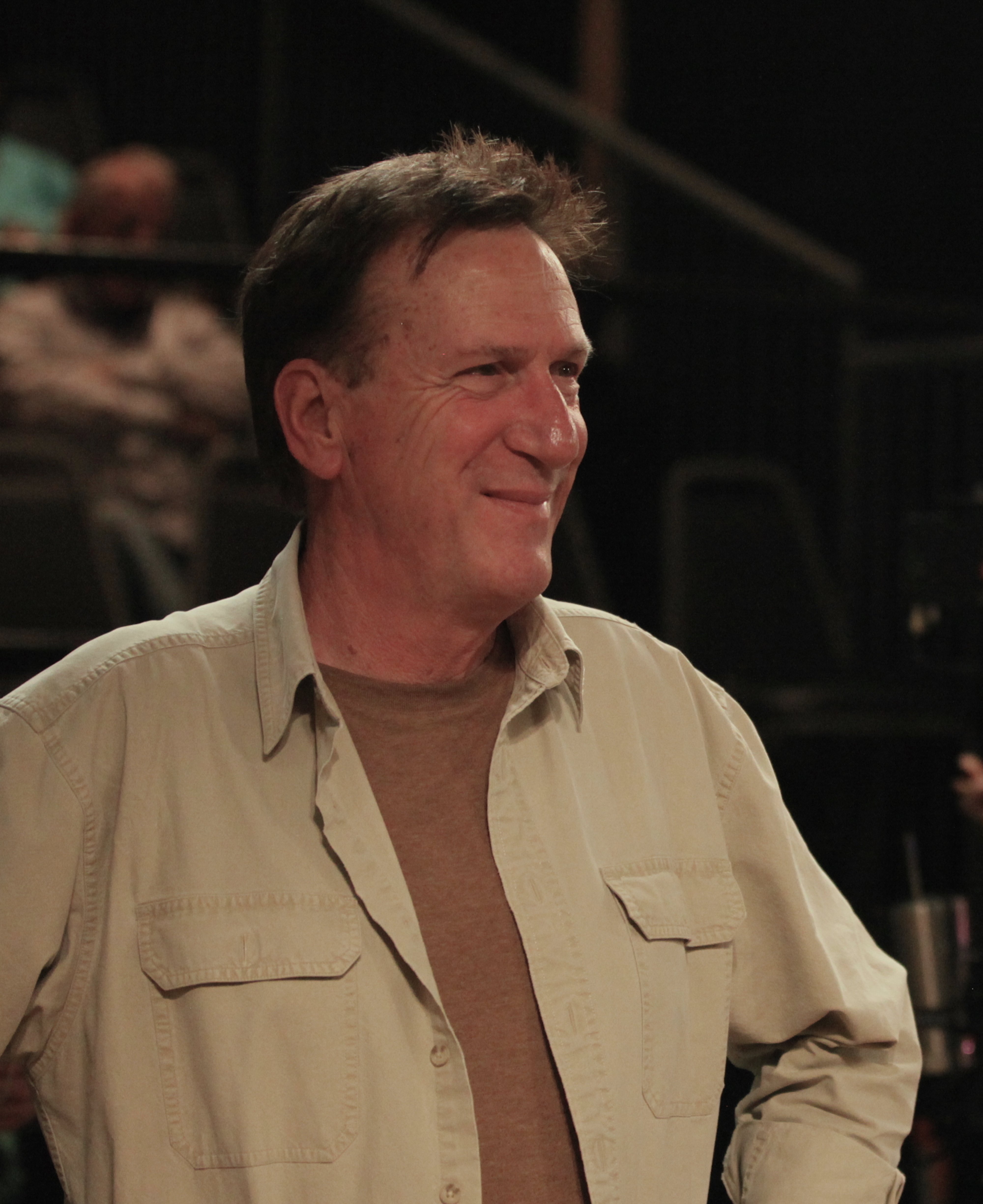
ASC Welcomes Gregg Heschong as a New Active Member
His extensive career has included serving as a camera operator, second-unit DP, director and cinematographer.

A Bridge on the River Kwai is the first motion picture Gregg Heschong, ASC remembers watching as a young child — from the vantage point of the back seat of a station wagon at a drive-in theater. A year earlier, however, he was an actor on the small screen, portraying a child soon to be orphaned on Playhouse 90.
With his father working as an art director and mother acting, writing and directing in theater groups, “I was fortunate to grow up surrounded by images, words and music,” Heschong says. When he was 11 years old, the cinematographer began participating in theater workshops, and by 12, he bought his first motion picture camera: a spring-driven Argus 8mm 3 Turret. With it, Heschong shot home movies and school films.
Heschong later attended UCLA film school and began shooting animated educational films with a local company in Santa Monica. Early in his professional career, he served as a camera operator on a number of features, including TRON and The Incredible Shrinking Woman (both shot by Bruce Logan, ASC) and Cannery Row (shot by Sven Nykvist, ASC). He also served as second-unit director of photography on Broadcast News (shot by Michael Ballhaus, ASC) and Who Framed Roger Rabbit (shot by Dean Cundey, ASC).
Transitioning into the role of cinematographer, Heschong moved into television, and his credits include The Tracey Ullman Show, Perfect Strangers, ‘Til Death and Fuller House, among others. Heschong also served as director and cinematographer on several television series, including Family Matters, NewsRadio, Becker and True Jackson, VP.
For his work on The New Adventures of Old Christine, Heschong received a 2006 Primetime Emmy nomination for Outstanding Cinematography for a Multi-Camera Series. His recent credits include the television series Abby's, slated for release in 2019.
Reflecting on his career, Heschong offers: “Each experience led to the next, just as each camera and process led to the next photographic journey.”






